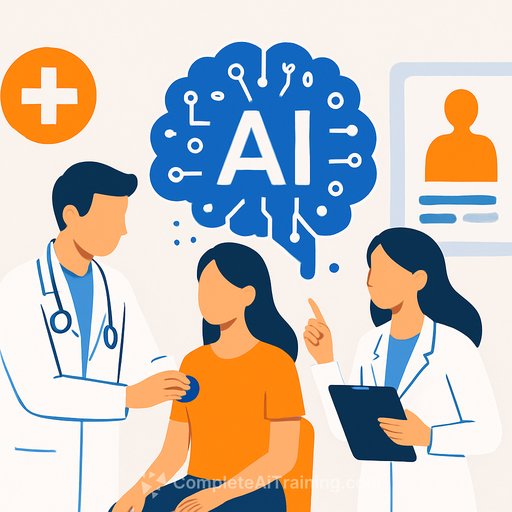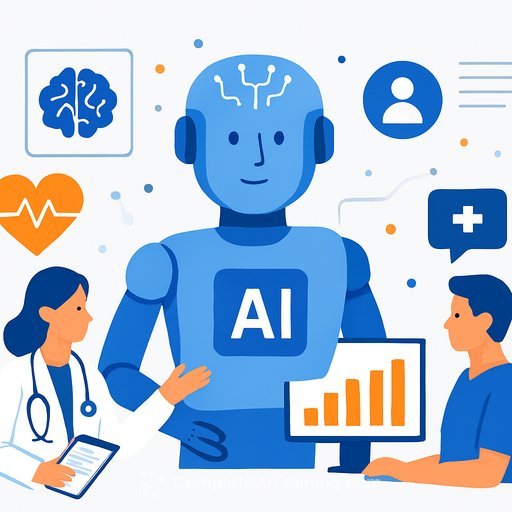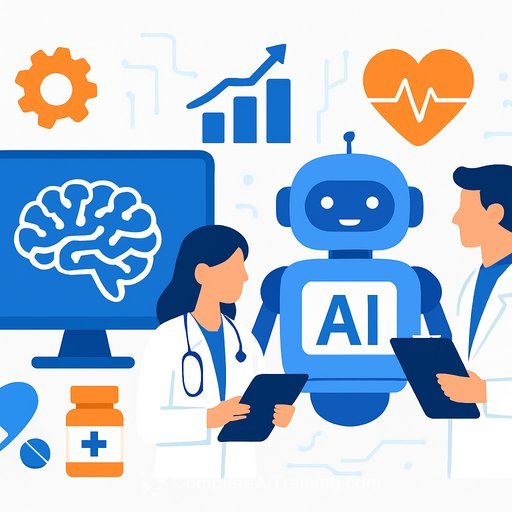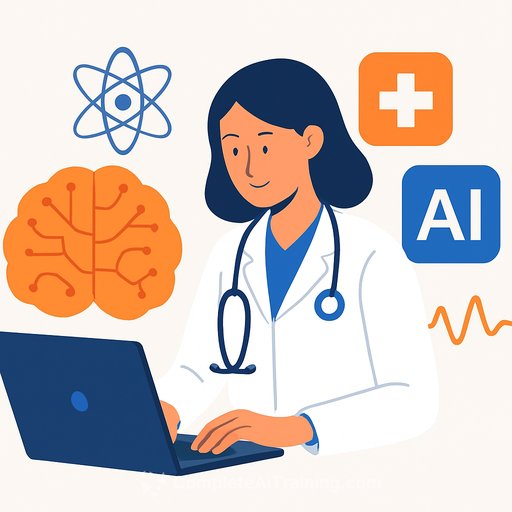Remote Patient Monitoring and AI: A Transformative Partnership
Remote patient monitoring (RPM) acts as a digital bridge connecting healthcare providers to patients in their own homes. Artificial intelligence (AI) serves as the intelligent assistant that interprets this vast and often overwhelming flow of data. Together, they help care teams focus on what truly matters.
The Intersection of AI and RPM
AI is making significant strides in healthcare, while RPM is steadily gaining adoption. The combination of AI with RPM turns data overload into actionable clinical insights. RPM continuously collects patient data, but the sheer volume can overwhelm care teams.
Traditional RPM systems use expert rules to detect clear patterns, like a steady rise in blood pressure. Now, AI adds a new layer of analysis capable of spotting subtle correlations and trends that humans might miss. For example, a small weight gain alone might be insignificant, but when combined with elevated nighttime blood pressure and reduced activity, it could signal a warning.
This enhanced intelligence helps separate routine fluctuations from clinically important signals. By doing so, it enables a shift from reactive to predictive care, improving patient outcomes and healthcare efficiency.
Enhancing RPM Efficiency with AI
AI addresses the core challenge of RPM: managing the flood of patient data. Instead of clinicians manually reviewing thousands of readings, AI acts as an intelligent triage system. It analyzes data from entire patient populations simultaneously, quickly highlighting those at risk.
This approach also mitigates alert fatigue. Many digital health systems overwhelm clinicians with low-priority alerts, leading to important notifications being ignored. AI learns what is normal for each patient and triggers alerts only for meaningful deviations. This makes alerts more actionable and restores their urgency.
Beyond clinical insights, AI streamlines administrative tasks such as documentation for compliance and billing, tracking care time, and preparing summaries. By automating these chores, AI frees clinicians to focus more on patient care and complex decisions.
Improving Risk Detection with Predictive Analytics
Predictive analytics represent a key future direction for AI in RPM. While some predictive models exist today, the field is still developing. Advanced models will integrate data from medical devices, consumer wearables, patient-reported symptoms, and electronic health records.
The goal is to transform RPM from passive monitoring to an early warning system. AI can detect patterns across different data streams that would otherwise go unnoticed. For instance, a combination of slight weight gain, reduced daily steps, and increased nighttime blood pressure might not trigger alerts individually. Together, they can prompt a targeted questionnaire that helps confirm risk and enable early intervention, potentially preventing a crisis.
The Importance of Human Oversight
AI in healthcare is a tool to support, not replace, clinical judgment. The “human-in-the-loop” model ensures that a qualified clinician always makes final decisions. When AI identifies a subtle risk pattern, clinicians validate these findings within the broader context of the patient’s health.
Clinician feedback also improves AI models. By confirming or dismissing alerts, healthcare professionals help fine-tune the system to reduce false positives and focus on truly significant events. This ongoing collaboration enhances the precision and usefulness of AI-driven alerts over time.
Cautions in Implementing AI in Healthcare
Successful AI implementation requires clinician trust and adoption. Complex AI systems must be transparent and explainable. A “black box” that flags a patient as high risk without showing the reasons will likely face resistance. Systems should clearly present the key data points driving their alerts.
A major challenge remains alert fatigue. AI must be precise enough to limit alerts to the most important cases, ensuring that critical events receive attention without getting lost in noise.
By combining AI’s data processing capabilities with human expertise, RPM can become a more effective tool for patient care. For healthcare professionals interested in exploring AI’s role in clinical settings, resources and courses are available to build relevant skills and knowledge. Explore AI courses tailored for healthcare professionals to stay informed and prepared.
Your membership also unlocks:






